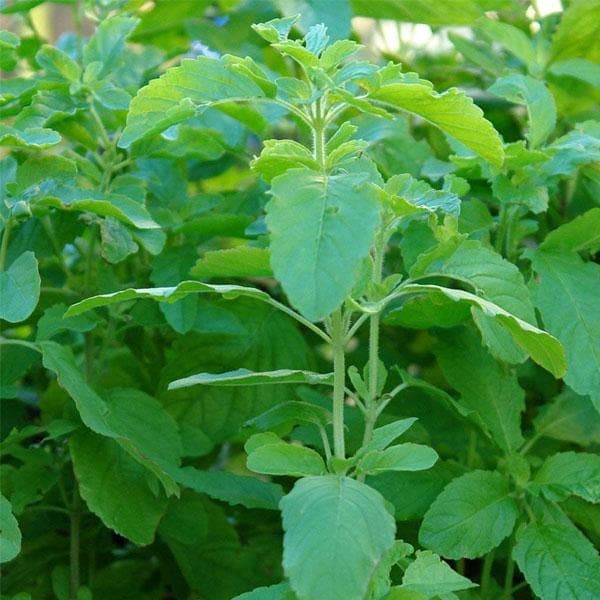
Rama Tulsi Plant, Holy Basil, Ocimum sanctum (Green) - Plant
(MRP Inclusive of all taxes)
- Shipping ₹79 for entire order
- Dispatch in 7 days
- Country of origin: India

(MRP Inclusive of all taxes)
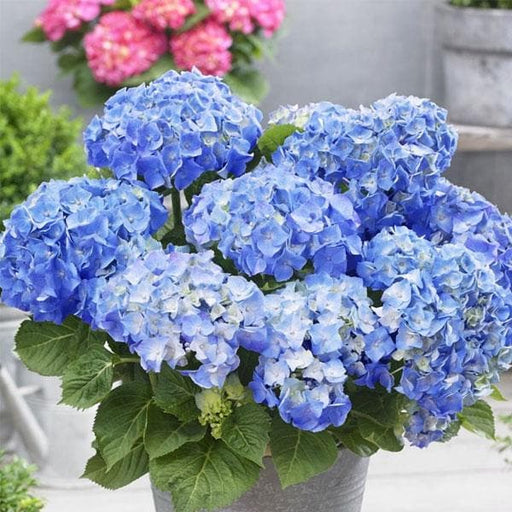 Save 18%
Save 18%
Hydrangea macrophylla (Any Color) - Plant Hydrangea macrophylla, commonly known as Bigleaf Hydrangea, is a stunning flowering plant that c...
View full details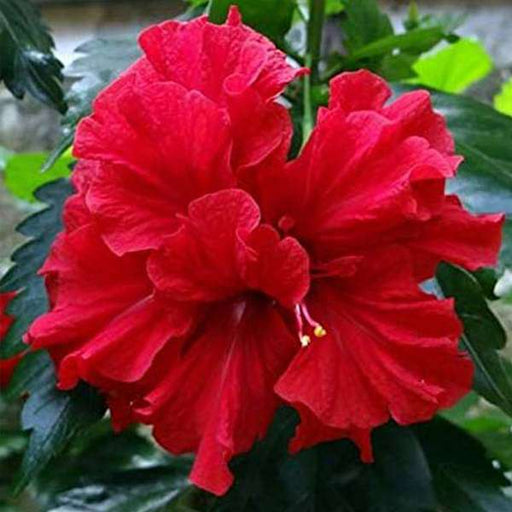 Save 25%
Save 25%
Hibiscus, Gudhal Flower (Red Double) - Plant The Hibiscus, also known as Gudhal Flower, is a stunning ornamental plant that boasts vibrant...
View full details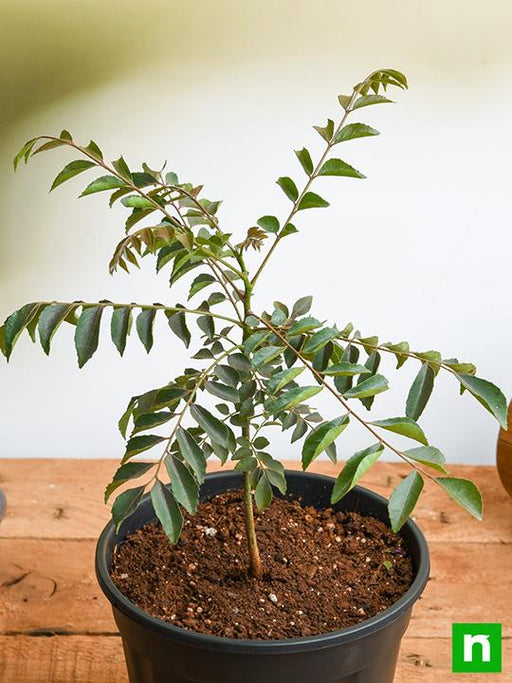
 Save 18%
Save 18%
Curry Leaves, Kadi Patta, Murraya koenigii, Meetha Neem - Plant Curry Leaves, scientifically known as Murraya koenigii, are aromatic leave...
View full details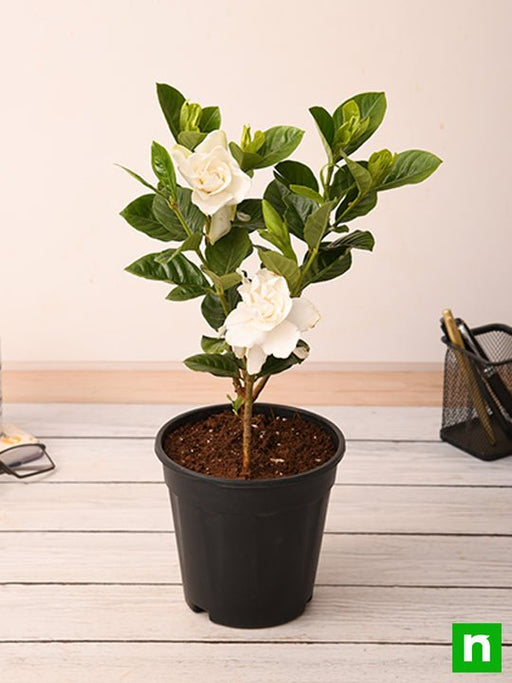
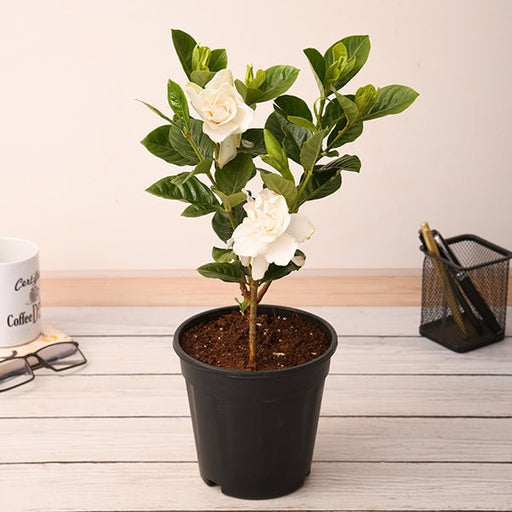 Save 25%
Save 25%
Gardenia, Ananta - Plant The Gardenia, Ananta, is a stunning evergreen shrub known for its fragrant white blooms and glossy dark green lea...
View full details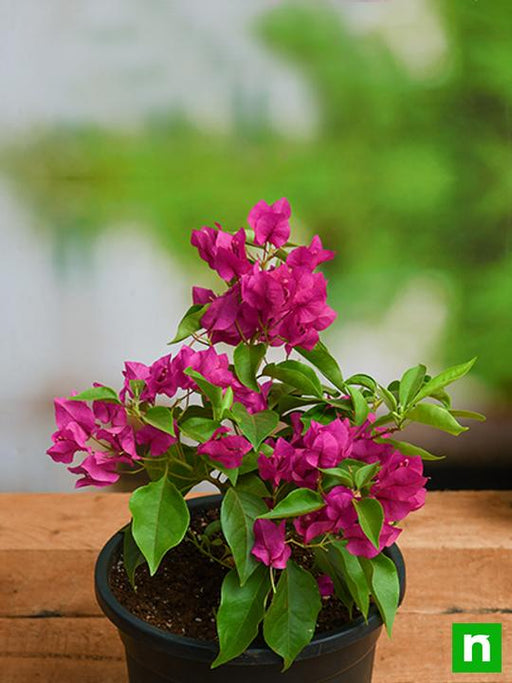
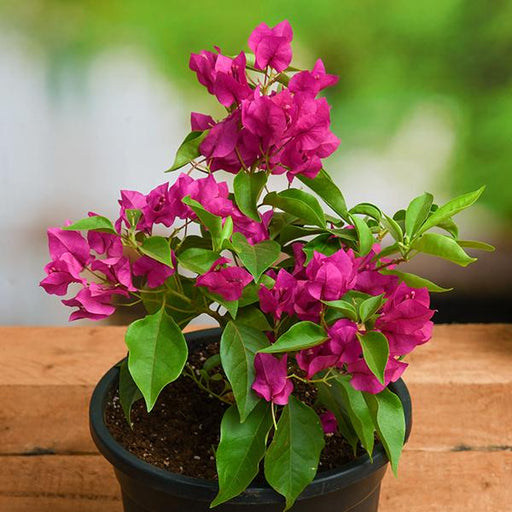 Save 13%
Save 13%
Bougainvillea (Pink) - Plant The Bougainvillea (Pink) is a stunning tropical plant known for its vibrant, paper-like bracts that bloom in ...
View full details
 Save 25%
Save 25%
Hibiscus, Gudhal Flower (Red) - Plant The Hibiscus, commonly known as Gudhal Flower, is a stunning tropical plant renowned for its vibrant red blo...
View full details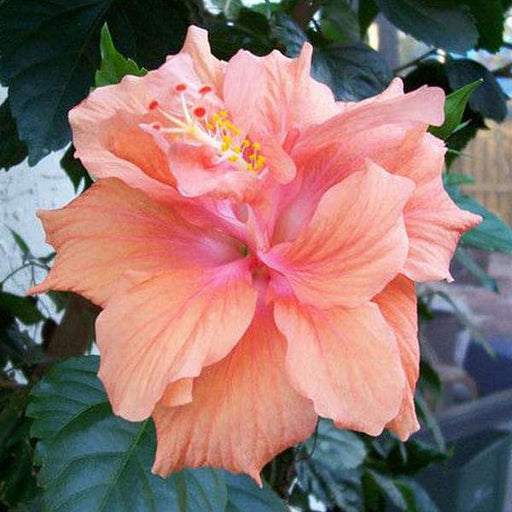 Save 25%
Save 25%
Hibiscus, Gudhal Flower (Peach Double) - Plant The Hibiscus, also known as Gudhal Flower, is a stunning ornamental plant that showcases be...
View full details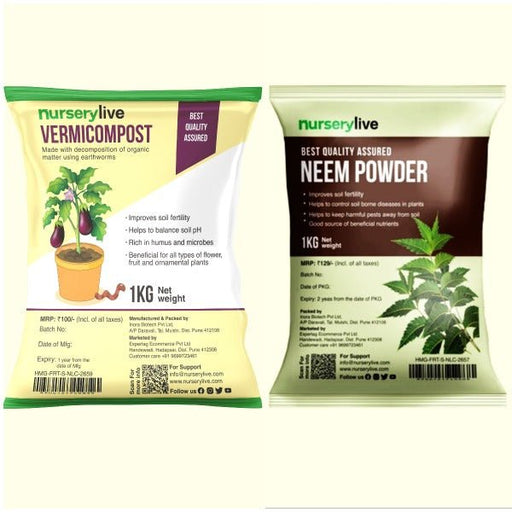 Save 15%
Save 15%
Pack of Vermicompost and Neem Cake for House Plants Transform your indoor garden with our premium Pack of Vermicompost and Neem Cake, spec...
View full details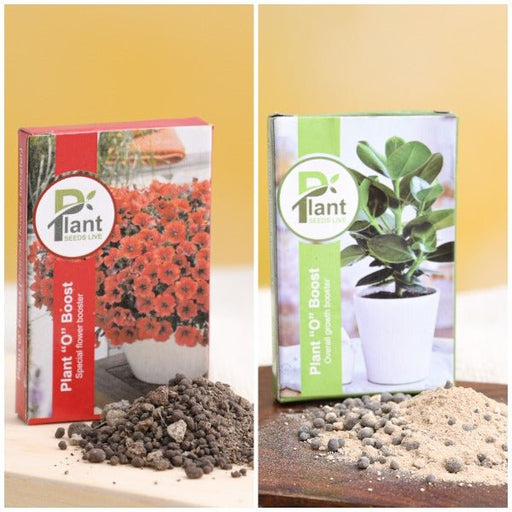
Pack of Plant Growth and Flower Boosters Unlock the full potential of your garden with our Pack of Plant Growth and Flower Boosters! This ...
View full details Save 38%
Save 38%
Combo of Jeevamrut and Neem Raksha for Easy Growth and Protection of Houseplants Transform your indoor garden with our exclusive combo of ...
View full details Save 22%
Save 22%
Plant Nutrients Kit (Pack of 16) for a Healthy Garden Transform your garden into a lush paradise with our Plant Nutrients Kit, featuring 1...
View full details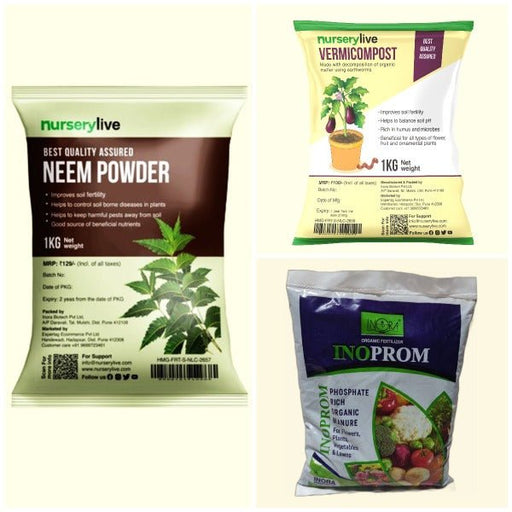 Save 16%
Save 16%
Combo of Top Plant Fertilizers Elevate your gardening game with our exclusive Combo of Top Plant Fertilizers, featuring two bags of premiu...
View full details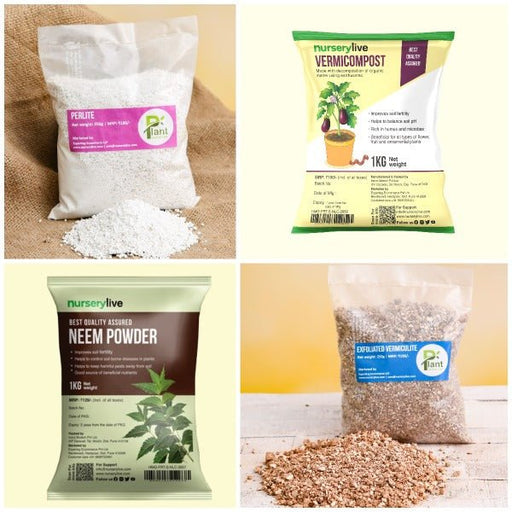 Save 24%
Save 24%
Pack of 4 Additives to Make Soil Healthy and Nutrient Rich Transform your garden into a thriving ecosystem with our Pack of 4 Additives de...
View full details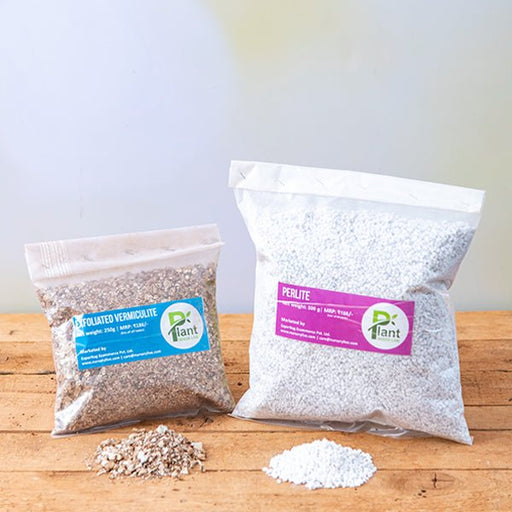 Save 30%
Save 30%
Transform your gardening experience with our premium Combo of Perlite and Vermiculite. This unique blend is designed to enhance soil aeration and ...
View full details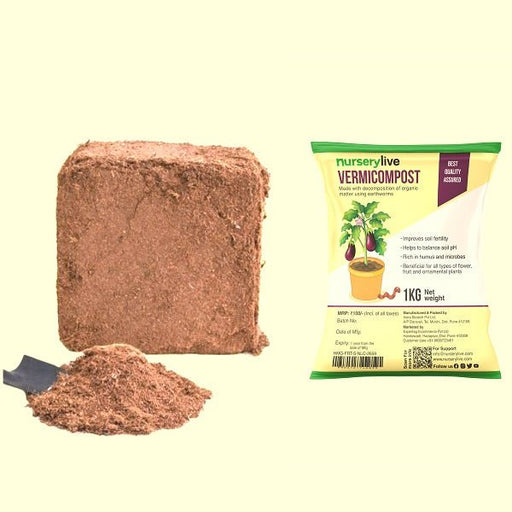 Save 27%
Save 27%
Combo of 2 Vermicompost and Cocopeat - Enrich Your Soil Naturally! Transform your garden into a thriving ecosystem with our Combo of 2 Ver...
View full details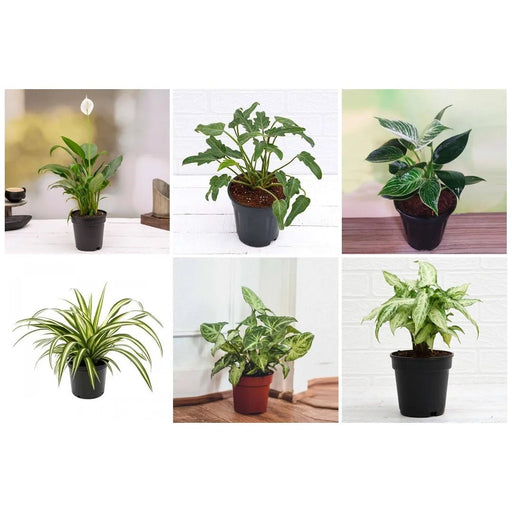
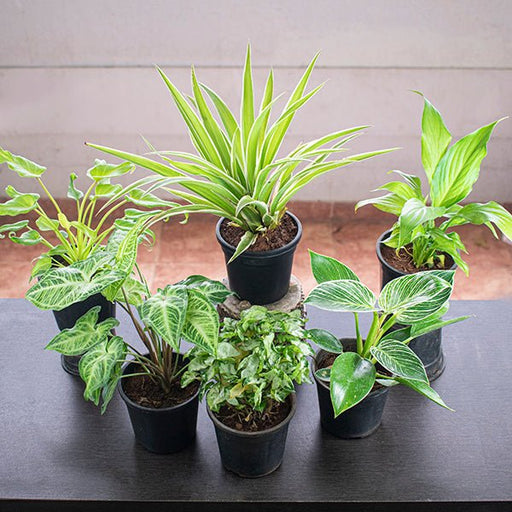 Save 35%
Save 35%
Best 6 Plants for Perfect Indoor Garden Transform your living space into a lush oasis with our curated collection of the Best 6 Plants for a...
View full details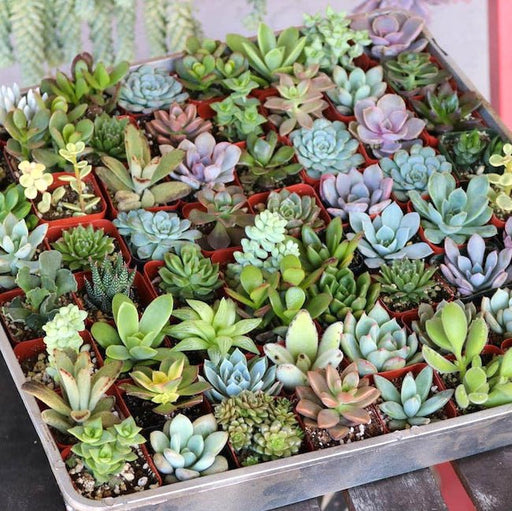
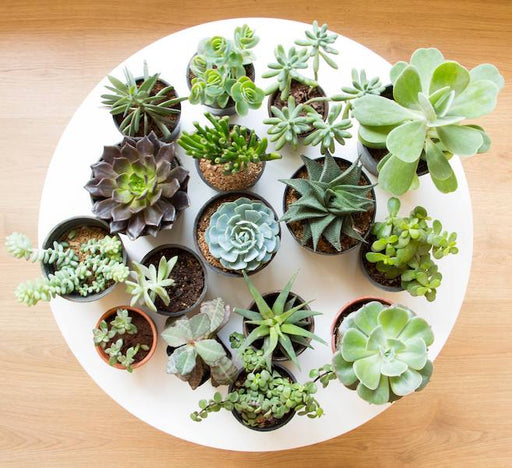 Save up to 50%
Save up to 50%
Mini Succulent Garden Pack Transform your space with our Mini Succulent Garden Pack, featuring a delightful collection of 4 any variety beautiful s...
View full details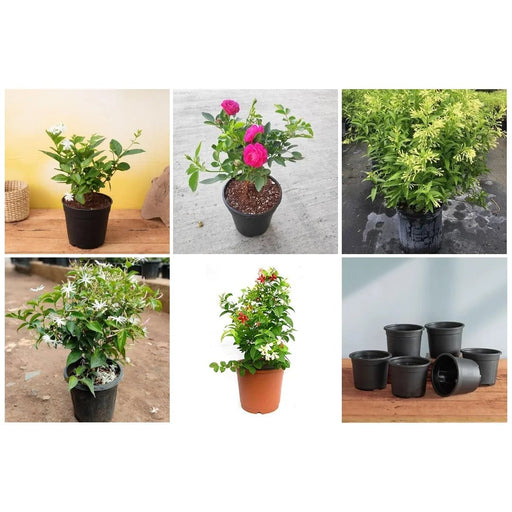
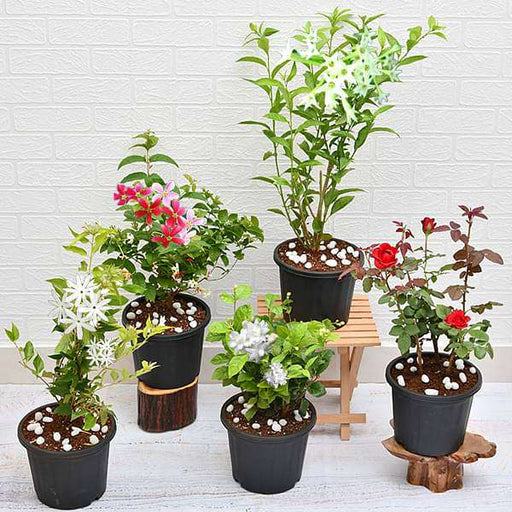 Save 30%
Save 30%
5 Best Fragrant Plants Transform your garden or indoor space into a fragrant paradise with our curated selection of the 5 Best Fragrant Plants. Th...
View full details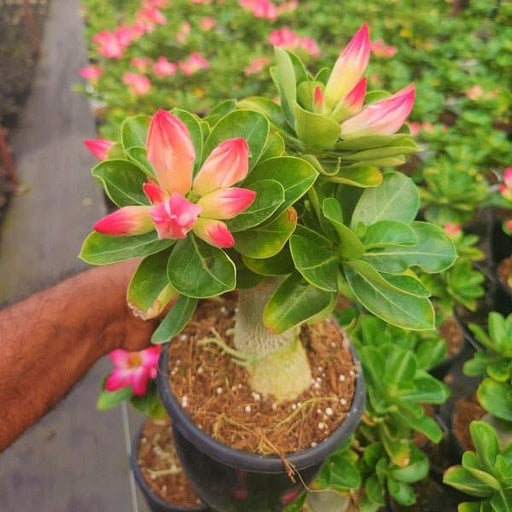
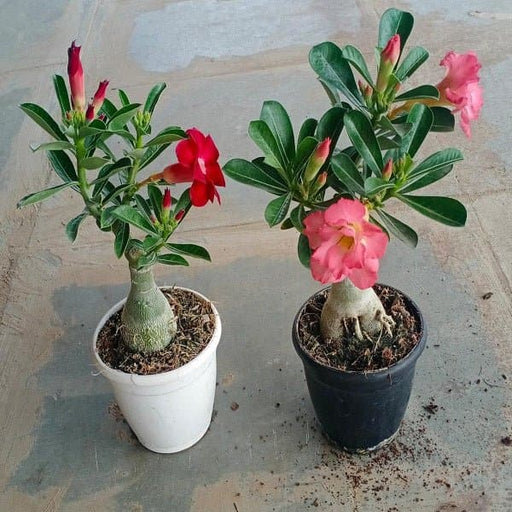 Save 24%
Save 24%
Set of 2 Bonsai Looking Grafted Adeniums Transform your indoor or outdoor space with our exquisite Set of 2 Bonsai Looking Grafted Adenium...
View full details Save 45%
Save 45%
Top 4 Die Hard Succulents Pack Transform your indoor or outdoor space with our Top 4 Die Hard Succulents Pack, featuring a curated selecti...
View full details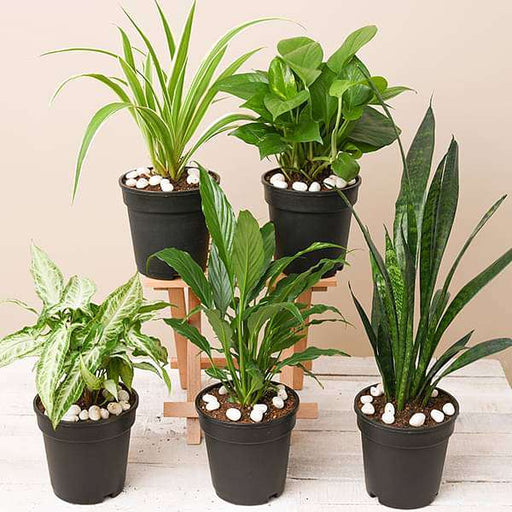
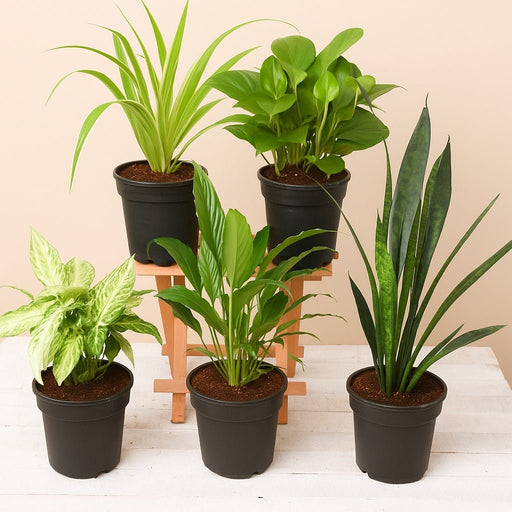 Save 30%
Save 30%
5 Best Indoor Plants Pack Transform your living space into a lush oasis with our '5 Best Indoor Plants Pack.' This carefully curated collection fe...
View full details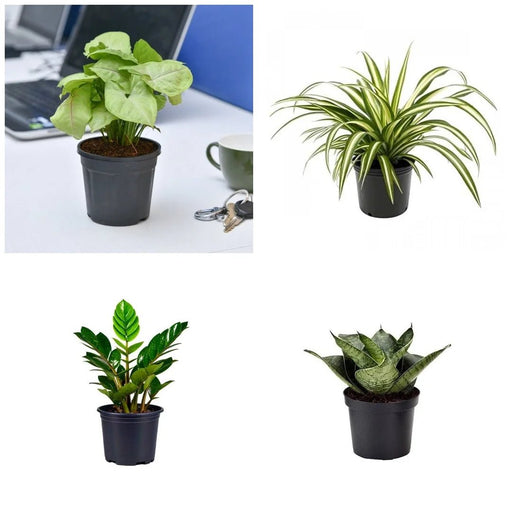
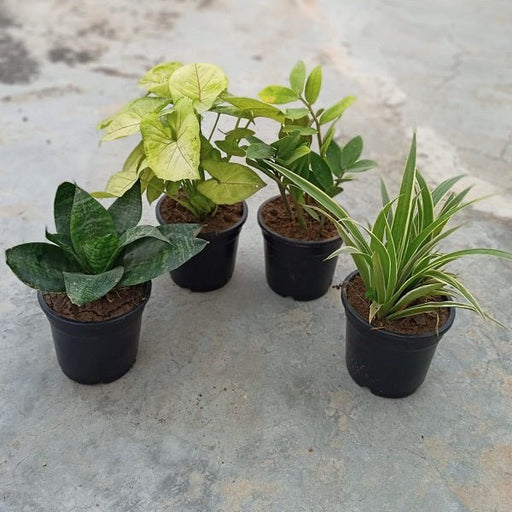 Save 25%
Save 25%
Set of 4 Evergreen Air Purifier Plant Pack Transform your indoor space into a lush, green oasis with our Set of 4 Evergreen Air Purifier Pla...
View full details| SrNo | Item Name | Qty |
|---|---|---|
| 1 | Rama Tulsi Plant, Holy Basil (Green) Plant | 1 |
The Rama Tulsi Plant, also known as Holy Basil, is a revered herb in traditional Indian medicine and spirituality. This aromatic plant, scientifically known as Ocimum sanctum, is celebrated for its numerous health benefits and its role in Hindu rituals. With its vibrant green leaves and delicate purple flowers, the Rama Tulsi not only enhances your garden but also serves as a natural remedy for various ailments.
What makes Rama Tulsi special is its rich phytochemical profile, which includes eugenol, rosmarinic acid, and various antioxidants. These compounds contribute to its anti-inflammatory, antimicrobial, and adaptogenic properties, making it a staple in Ayurvedic practices. Additionally, its spiritual significance as a symbol of purity and devotion adds to its allure, making it a must-have for any herbal enthusiast.
Special features of the Rama Tulsi Plant include its ability to thrive in various climates and its resilience against pests. This hardy plant not only beautifies your space but also purifies the air, making it an excellent choice for eco-conscious gardeners. Its aromatic leaves can be used in culinary dishes, teas, and natural remedies, bridging the gap between health and flavor.
Growing Rama Tulsi contributes positively to the environment by improving air quality and supporting local ecosystems. Its ability to attract pollinators and beneficial insects makes it an excellent addition to any garden, promoting biodiversity and sustainability.
If you think the Rama Tulsi plant is just a pretty face, think again! This holy basil powerhouse is packed with health benefits that could make even your doctor raise an eyebrow. From boosting immunity to reducing stress, it’s like having a personal wellness coach in your garden. Plus, it’s known to enhance digestion and promote heart health. Who knew a plant could be your ticket to a healthier lifestyle?
Holy basil isn’t just for your grandma’s tea anymore! This versatile herb can spice up your culinary adventures, from soups to salads. Feeling under the weather? Brew a soothing tea that’ll have you feeling like a million bucks. You can even use it in skincare for that radiant glow. Holy basil is the Swiss Army knife of herbs—practical, multifunctional, and always ready to save the day!
Meet Ocimum sanctum, the botanical superstar that’s stealing the spotlight! With its vibrant green leaves and aromatic scent, this plant is not just a feast for the eyes but also a treat for the senses. It thrives in warm climates and can grow up to three feet tall, making it a showstopper in any garden. Plus, its resilience means it can handle a little neglect—perfect for those of us with a black thumb!
Ready to channel your inner green thumb? Growing Rama Tulsi is easier than you think! This plant loves sunlight, so find a sunny spot and watch it flourish. Water it regularly, but don’t drown it—this isn’t a swimming pool! With a little patience and care, you’ll have a thriving Rama Tulsi plant that’ll make your neighbors green with envy.
Sip, sip, hooray! Rama Tulsi tea is the elixir of life that your taste buds have been waiting for. Brewed from the leaves of the Rama Tulsi plant, this herbal infusion is not only delicious but also packed with antioxidants. It’s the perfect drink to unwind after a long day or to kickstart your morning. Who needs coffee when you can have a cup of holy basil goodness?
Caring for your Tulsi plant is like nurturing a friendship—it requires love, attention, and the right conditions. Ensure it gets plenty of sunlight and water, but don’t overdo it! Pruning is essential to keep it bushy and healthy. With a little TLC, your Tulsi plant will reward you with lush foliage and a delightful aroma that’ll make your garden the talk of the town.
In the world of Ayurveda, Rama Tulsi is the rockstar herb that everyone raves about. Known for its adaptogenic properties, it helps the body adapt to stress and promotes overall well-being. Whether you’re looking to balance your doshas or simply want to feel fabulous, incorporating Rama Tulsi into your routine is a no-brainer. It’s like having a wellness guru right in your kitchen!
Holy basil essential oil is the aromatic gem you didn’t know you needed! With its uplifting scent, it’s perfect for diffusing during yoga or meditation sessions. This oil is also known for its anti-inflammatory properties, making it a great addition to your skincare routine. Just a few drops can transform your space into a serene sanctuary. Who knew a little oil could pack such a punch?
Want to start your own Rama Tulsi empire? Grab some Rama Tulsi seeds and get planting! These tiny powerhouses are your ticket to a flourishing garden filled with health benefits. They’re easy to sow and germinate, making them perfect for beginners. Plus, you’ll get the satisfaction of growing your own holy basil—talk about a bragging right at dinner parties!
Did you know there’s more than one type of Tulsi? While Rama Tulsi is the star of the show, there are other varieties like Krishna Tulsi and Vana Tulsi, each with its unique flavor and benefits. Exploring these varieties can add a delightful twist to your herbal adventures. It’s like a family reunion of herbs—each one bringing its flair to the table!
If you’re on the hunt for a natural skincare solution, look no further than Rama Tulsi! This herb is known for its antibacterial and anti-inflammatory properties, making it a fantastic ally for your skin. Whether you’re battling acne or just want that dewy glow, incorporating Rama Tulsi into your skincare routine can work wonders. Who knew beauty could be so green?
Spice up your culinary creations with Rama Tulsi! This herb adds a unique flavor profile that can elevate any dish, from curries to pasta. Its aromatic leaves can be used fresh or dried, making it a versatile ingredient in your kitchen. So, why settle for boring meals when you can add a touch of holy basil magic? Your taste buds will thank you!
The Rama Tulsi Plant, also known as Holy Basil or Ocimum sanctum, is a revered herb in Ayurveda. It's not just a pretty face; this green wonder is packed with antioxidants and has a rich history in spiritual practices. Think of it as the plant equivalent of a yoga master—calming, healing, and oh-so-zen!
Caring for your Rama Tulsi Plant is like nurturing a diva. It loves bright sunlight, well-drained soil, and regular watering—just not too much! Prune it occasionally to keep it looking fabulous. Remember, a happy Tulsi is a thriving Tulsi, so shower it with love and watch it flourish!
Absolutely! Your Rama Tulsi Plant will thrive indoors as long as it gets enough sunlight—think of it as a sunbather. Place it near a window where it can soak up those rays. Just ensure it has good drainage, and you’ll have a little green guru right in your living room!
Holy Basil is like nature’s multivitamin! It’s known for reducing stress, boosting immunity, and even aiding digestion. This herb is a powerhouse of antioxidants and has anti-inflammatory properties. So, if you’re feeling under the weather, a cup of Tulsi tea might just be your herbal superhero!
Oh, you bet! Rama Tulsi adds a delightful twist to your culinary creations. Use it in salads, soups, or as a garnish for that gourmet touch. Just remember, a little goes a long way—too much, and you might end up with a dish that’s more “whoa” than “wow!”
Not quite! While they share a family tree, Rama Tulsi and regular basil are like distant cousins. Rama Tulsi has a more robust flavor and is packed with medicinal properties, while regular basil is your go-to for Italian dishes. Both are fabulous, but they each have their own unique flair!
Watering your Rama Tulsi Plant is like giving it a spa day—just the right amount! Aim for once a week, allowing the soil to dry out between waterings. Overwatering is a no-no; it’s like drowning a diva. Keep it moist but not soggy, and your plant will thank you!
Yes, you can! Propagating Rama Tulsi from cuttings is as easy as pie. Just snip a healthy stem, place it in water, and watch those roots grow. Once it’s ready, transfer it to soil, and voilà! You’ll have a new plant to share or keep as your green sidekick.
Your Rama Tulsi Plant might attract a few uninvited guests like aphids or spider mites. Keep an eye out for these little party crashers! A gentle spray of water or a natural insecticidal soap can send them packing. Remember, a healthy plant is less likely to attract pests, so keep it thriving!
Absolutely! Brewing Rama Tulsi tea is like sipping on a cup of tranquility. Just steep fresh or dried leaves in hot water for a few minutes, and enjoy the aromatic goodness. It’s a delightful way to reap the health benefits while treating yourself to a moment of zen!
While Rama Tulsi is generally safe for humans, it’s best to keep it away from pets. Cats and dogs might find it tempting, but too much can upset their tummies. If your furry friend takes a nibble, don’t panic—just monitor them and consult your vet if needed. Better safe than sorry!
You can find Rama Tulsi Plants at local nurseries, garden centers, or online retailers. Just make sure you’re getting a healthy specimen—no wilted divas allowed! With a little research, you’ll have your very own Holy Basil in no time, ready to bless your home with its green goodness!